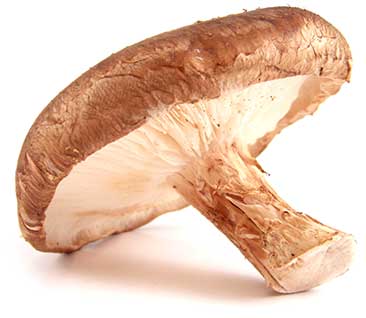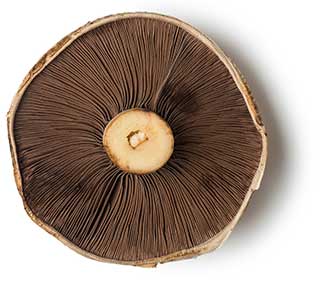The two most popular mushrooms in the world are the common button mushroom (Agaricus species) and the shiitake or black forest mushroom (Lentinus edodes). The shiitake, meaning "mushroom of the shii or oak tree" in Japanese, is highly prized in the Orient for its flavor and reputed medicinal value
Benefits
The cardiovascular benefits of shiitake mushrooms have been documented in three basic areas of research. The first of these areas is cholesterol reduction. d-Eritadenine (also called lentinacin, or lentsine, and sometimes abbreviated as DEA) is one of the most unusual naturally occurring nutrients in shiitake mushrooms that has repeatedly been shown to help lower total blood cholesterol. This nutrient is actually derived from adenine—one of the building blocks (nucleotides) in the mushroom's genetic material (DNA). The beta-glucans in shiitake mushrooms are also very likely to contribute to its cholesterol-lowering impact.
Anti-Cancer Benefits
Most of the research on shiitake mushrooms and cancer has been conducted on laboratory animals or on individual cells in a laboratory setting and has involved mushroom extracts rather than whole mushrooms in food form. For this reason, our understanding of the anti-cancer benefits of shiitake mushrooms as a whole, natural food is still preliminary. But based on research to date, we believe that adding shiitake mushrooms to your diet is likely to offer you anti-cancer benefits, especially with respect to prevention of prostate cancer, breast cancer, and colon cancer.




